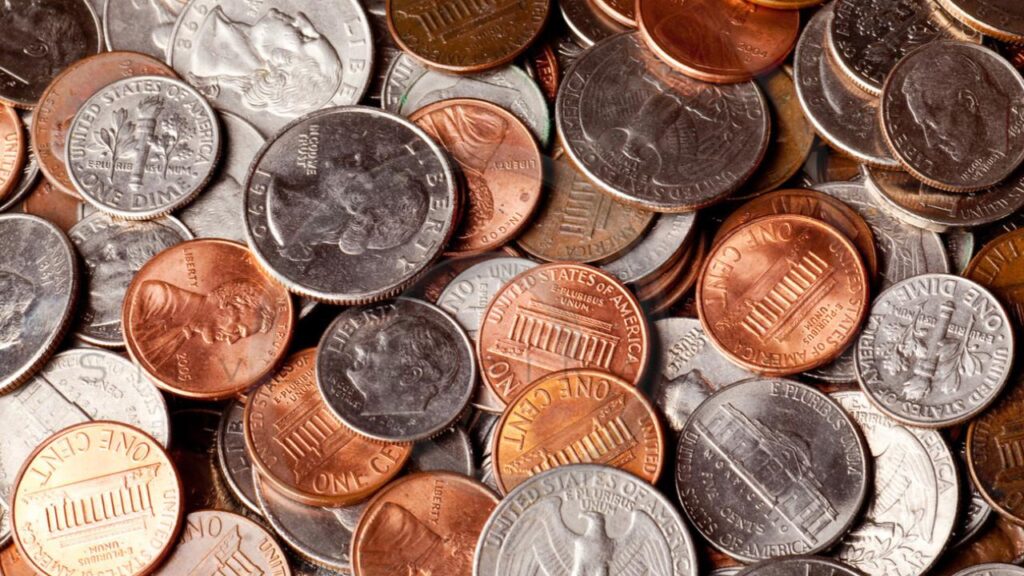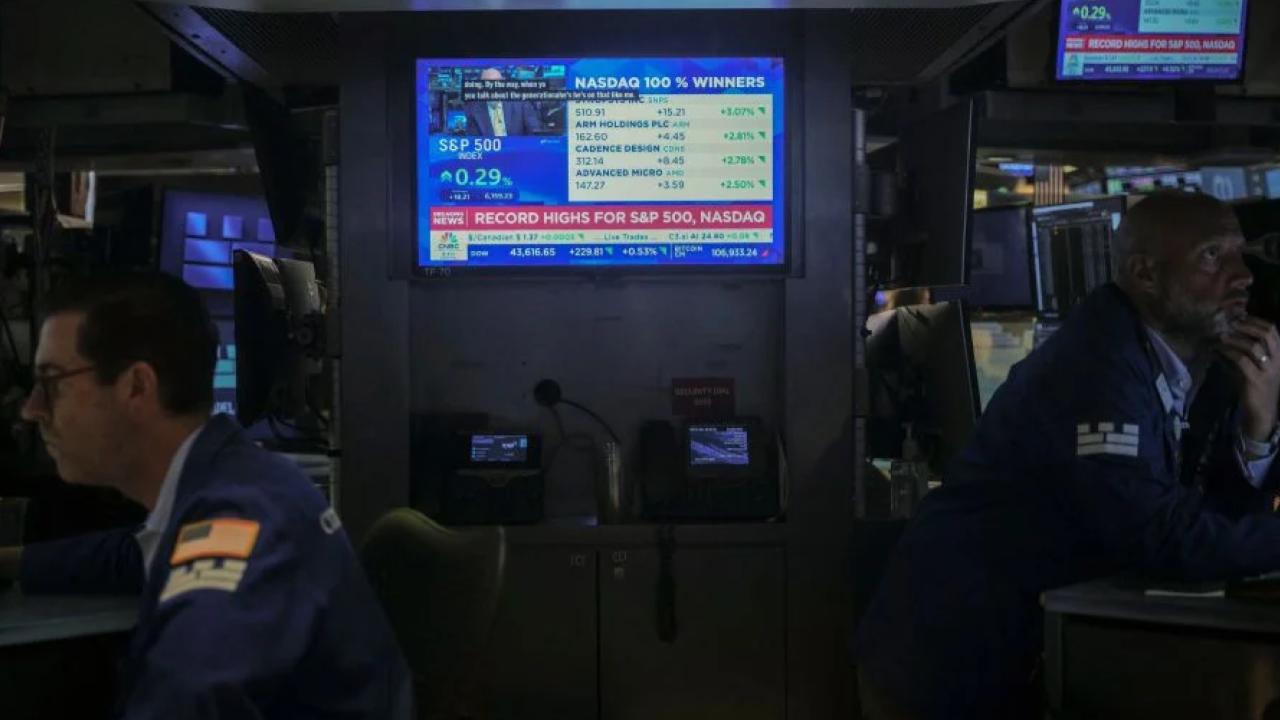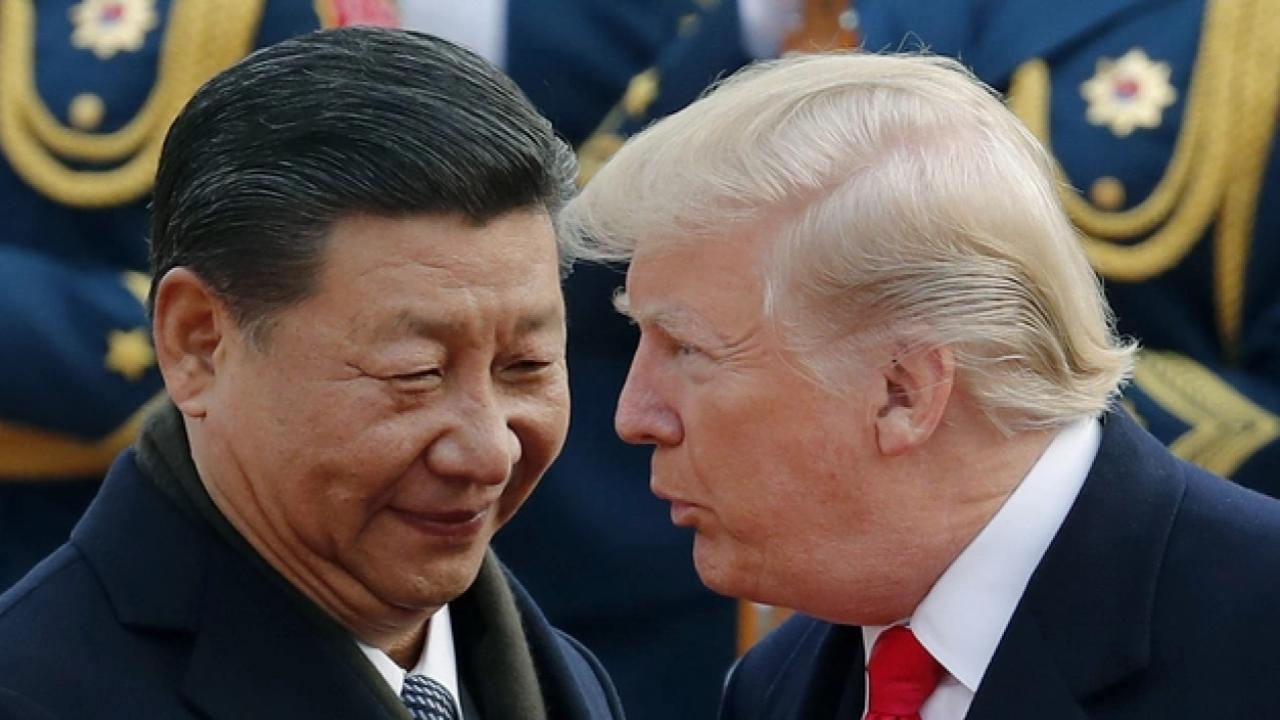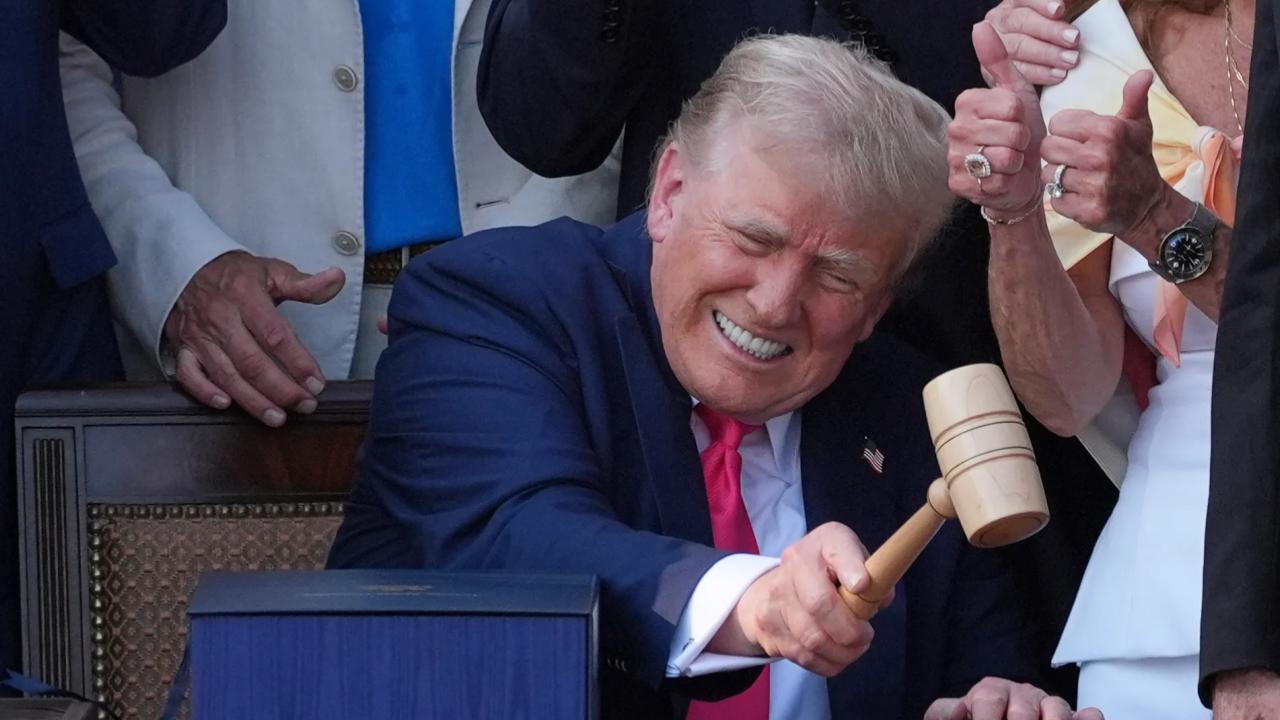America’s smallest coin is about to disappear. Yup, you heard it right—the U.S. is finally pulling the plug on the penny. Starting early 2026, the U.S. Mint will stop producing the one-cent coin. The decision, announced under the Trump administration, is aimed at cutting down on government costs and modernizing currency use. But here’s the million (or billion?) dollar question: What happens to the $1.14 billion worth of pennies already floating around in pockets, jars, and couch cushions across the country?

Let’s break it down—because whether you’re saving pennies in a piggy bank or just sick of counting them at checkout, this change is gonna impact everyone.
The U.S. Is Done With Pennies
| Topic | Details |
|---|---|
| Policy Change | U.S. to cease penny production starting early 2026 |
| Reason | Pennies cost ~4 cents to make, costing taxpayers over $56 million/year |
| Existing Pennies | 114 billion in circulation; total value: $1.14 billion |
| Legal Tender Status | Existing pennies will remain usable indefinitely |
| Transaction Changes | Cash-only payments to be rounded to the nearest 5 cents |
| Electronic Payments | No rounding—processed to the exact cent |
| Consumer Impact | Minimal, based on Canada’s successful 2012 penny phase-out |
The U.S. penny’s days are officially numbered. But don’t panic—this isn’t a cash crisis. It’s a long-overdue, money-saving move by Uncle Sam. The coins in your couch cushions aren’t worthless yet, and you’ve got plenty of time to roll, spend, or stash them.
What matters most? Knowing how to adjust when the change (pun intended) kicks in. So take a second look at that jar full of copper coins. They’re not just clutter anymore—they’re part of a historic shift in American currency.
Why the U.S. Is Retiring the Penny
Let’s get one thing straight—making pennies doesn’t make sense anymore.
According to a 2024 report by the U.S. Mint, it costs around 4.6 cents to manufacture a single one-cent coin. Multiply that by the millions they produce each year, and you’ve got a $56 million annual loss. It’s like spending $4.60 just to hand someone a $1 bill—not smart.
By ditching the penny, the government isn’t just saving money. It’s making a move toward a more efficient and digitized economy—one where small, almost-worthless coins don’t bog down business and banking.
Fun Fact:
In 2023 alone, the U.S. Mint produced over 7 billion pennies—most of which end up sitting in jars, drawers, and cars, never making it back into the economy.
What Happens to the Pennies Already Out There?
Here’s where folks start freaking out. “Wait—do I need to rush and spend my pennies before 2026?”
Nope, chill.
All 114 billion pennies currently in circulation (worth about $1.14 billion) will remain legal tender. You can still use them at stores, banks, vending machines—pretty much anywhere cash is accepted.
The catch?
Over time, as pennies get lost, worn out, or stashed away, they’ll gradually phase themselves out of circulation. That’s when businesses will start rounding cash transactions to the nearest 5 cents.
Example:
Your coffee costs $3.62? You pay $3.60 in cash.
It’s $3.63? You pay $3.65.
Credit card? You still pay exactly $3.62.
How Rounding Will Work in Practice
The idea of rounding scares people—some think businesses will use it to sneak in price hikes. But the data tells a different story.
When Canada killed the penny in 2012, people had similar concerns. But according to a 2017 Bank of Canada study, the rounding effect was practically zero. Over hundreds of transactions, some totals rounded down, some up—it balanced out.
In the U.S., the same model will apply:
- Cash payments only are rounded to the nearest $0.05.
- Electronic transactions (debit, credit, Venmo, etc.) are still charged to the penny.
What Should You Do With Your Pennies Now?
Don’t dump them. Here’s what you can do:
1. Cash ‘Em In
Head to your bank or use a coin-counting machine at your local grocery store. Many Coinstar machines don’t even charge a fee if you take a gift card instead of cash.
2. Keep ‘Em
Rare pennies (like 1943 steel cents or misprinted coins) could be worth hundreds or even thousands of dollars. Check your stash—you might be sitting on a mini jackpot.
3. Donate
Lots of charities accept coin donations. Your spare change could help fund shelters, food banks, and youth programs.
Businesses and the Penny Phase-Out
Retailers are already prepping for the shift:
- Cash registers will need software updates to handle rounding.
- Training for staff will ensure consistency in how rounding is applied.
- Signage might appear near checkouts to explain the new system.
Big chains like Walmart, Target, and CVS are expected to follow government guidelines closely, likely implementing rounding policies well before 2026.
What This Means for the U.S. Economy
Let’s be honest: The penny doesn’t hold the power it once did.
Inflation has made it practically useless in modern commerce. Most vending machines won’t take them. Even many banks don’t want to deal with bulk penny deposits.
Phasing it out clears the way for:
- More efficient transactions
- Less coin clutter in circulation
- Lower minting costs (since pennies make up over 50% of all U.S. coins minted)
Plus, there’s a psychological effect—when coins feel more valuable, people are more likely to keep them in circulation.
Global Perspective: Who Else Dropped the Penny?
America’s not the first to say “peace out” to the penny.
- Canada (2012)
- Australia (1992)
- New Zealand (1989)
- Sweden (2010)
- Netherlands (2004)
All successfully transitioned to a rounded pricing model, with little to no consumer pushback.
Trump Extends EU Deadline—What Did They Say on That ‘Good Call’?
Trump Slams ‘Crazy’ Putin After Russia Unleashes Its Largest Attack Yet on Ukraine!
Frequently Asked Questions (FAQs)
Will pennies still be accepted after 2026?
Yes, they’ll remain legal tender. Businesses can still accept them, and banks will process them.
Can I exchange my pennies for cash at the bank?
Most banks will still accept penny deposits. You might need to roll them first, depending on the branch.
Will this affect online purchases?
Not at all. Online and digital payments are still priced to the penny—no rounding involved.
Are any pennies worth more than face value?
Yes! Look out for rare or misprinted coins, like the 1943 copper penny or double-die Lincoln cents. These can fetch $500 to $10,000+ depending on condition.
Is this a permanent change?
As of now, yes. Once production ends in 2026, the U.S. Mint has no plans to restart making pennies.






